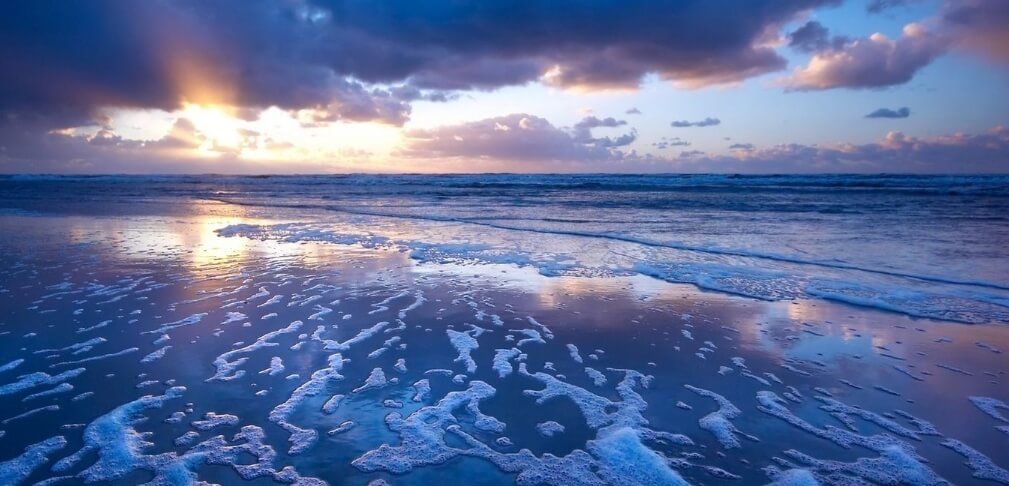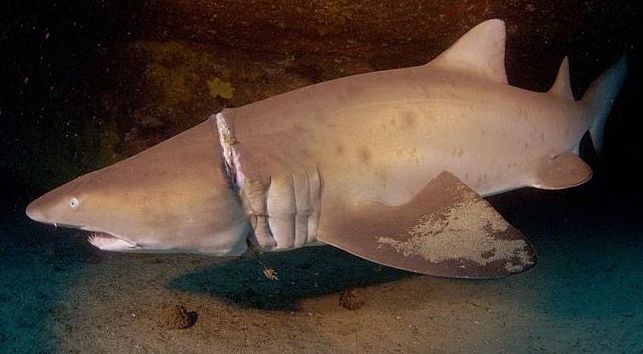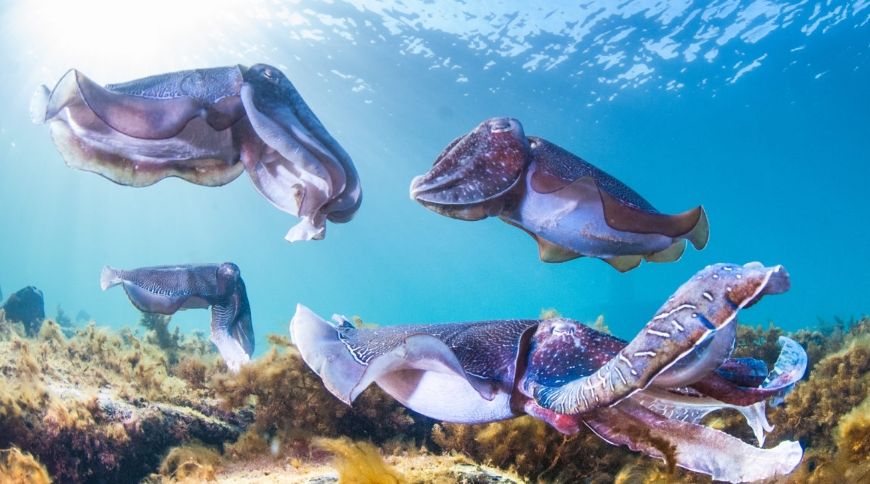A study conducted by various institutes and universities has revealed that the amount of plastic in the ocean has exploded since 2005. In this new study, scientists have provided an estimate of the number and weight of plastic particles that are currently floating in the oceans.
Studying 40 years of data
Having accurate information on the amount of plastic in the oceans is essential for implementing strategies to combat this pollution. Without such assessments, actions would be taken blindly. The journal Plos One published a study on March 8, 2023, which provides an estimate of the number and weight of plastic particles floating in the oceans, making it a crucial step towards tackling this issue.
The researchers analyzed published and unpublished data on plastic pollution at the ocean surface between 1979 and 2019 in six ocean regions (North Atlantic, South Atlantic, North Pacific, South Pacific, Indian, and Mediterranean). Their mathematical model reveals an alarming trend: a significant and rapid increase in plastic pollution since 2005.
Millions of tons of plastic in the oceans
In 2019, the oceans contained an estimated 82 to 358 trillion (82.10^12 to 358.10^12) plastic particles, mostly microplastics, with a total weight of 1.1 to 4.9 million tonnes, according to the mathematical model developed by the scientists. However, data was missing for the period between 1979 and 1990, which prevented a detailed analysis of that time frame. Between 1990 and 2004, the amount of plastic in the oceans fluctuated without a clear trend, but in 2005, a significant increase occurred.
According to the researchers, the increase in international economic activities would be the starting point to explain such an increase. “The globalization of plastic raw materials accelerated at the turn of the century, resulting in a rapid increase in imports, exports, and domestic production of plastic products and packaging, and an increase in the amount of plastic waste generated,” the study points out. Until 1990, no clear detectable trend was observed, and from then until 2005, there was a fluctuating but stagnant trend. However, a rapid increase has been observed since then.
Complicated management of plastic waste
Plastic waste management continues to be a challenge, with low rates of recycling and limited options for disposal. Many developed countries export their waste to developing nations such as Thailand, Malaysia, Vietnam, Turkey, and Indonesia. However, Thailand recently announced a ban on the import of certain plastics in 2023, joining other countries in efforts to reduce the amount of plastic waste that ends up in oceans and landfills.
In 2018, China’s decision to stop accepting most types of plastic waste had a major impact on the global recycling market. Southeast Asia became a popular destination, but the region lacks the infrastructure to handle the massive influx of waste, resulting in much of it ending up in the natural environment.
The researchers have warned that if no binding measures are taken to limit the impact of plastic on the environment, the rate at which plastics enter aquatic environments is likely to increase by approximately 2.6 times between 2016 and 2040.
Overall, this study sheds light on the concerning rise of plastic pollution in our oceans, posing a serious threat to marine life and ecosystems. Urgent action is needed on a global scale to address plastic waste management, promote recycling, and reduce plastic production to protect our oceans and the planet as a whole.









